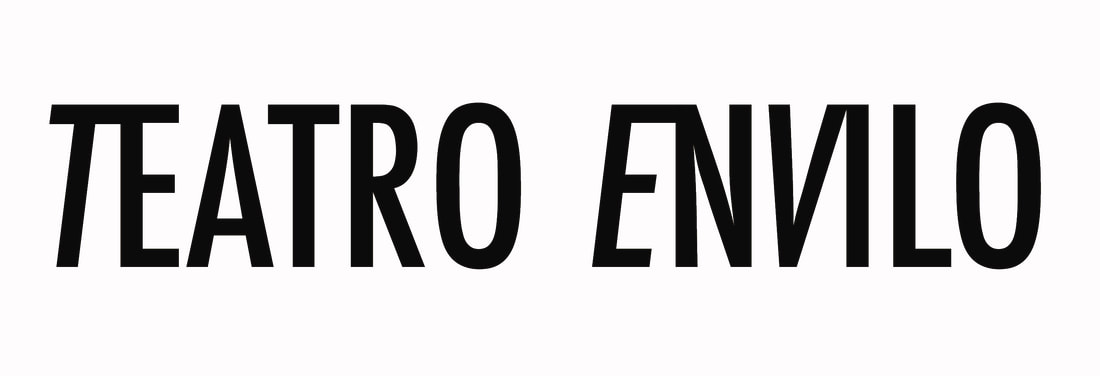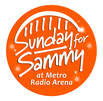|
In his preface to The Aspern Papers Henry James suggests an ‘odd law’ for the creative writer engaged with the archive: which […] always makes the minimum of valid suggestion serve the man of imagination better than the maximum. The historian, essentially, wants more documents than he can really use; the dramatist only wants more liberties than he can really take.2 Approaching the archive the creative writer/practitioner must bear James’s law in mind as the archive does not give up its secrets willingly; particularly with regard to the silenced and subjugated voices of working-class women which are often only perceived in between the lines of historical documents; in self-imposed purdah or imprisoned in the log-books of court proceedings, the poor-house and the asylum, snatches of women’s voices caught and typified by their ‘troubles’; an effect that Carolyn Steedman calls the ‘presence of the archive in its omissions and silences.’3 This very silence may necessitate the taking of Jamesian liberties with the archive and its idiosyncratic and often wilful systems of cataloguing. In his novella James comments that the urge to search for lost manuscripts and publish their secrets is allied to the urge to rob a grave, but biographical exhumation is not the business of the creative writer, as Hilary Mantel has said about writing Wolf Hall, authors are ‘creators not coroners,’4 and as Henry James goes on to state in his preface: Nine tenths of the artist’s interest in [facts], is that of what he shall add to them and how he shall turn them. Mine […] had got away from me […], in time not to crush me. […] This was the beauty that appealed to me; […] the curious, the ingenious, the admirable thing would be to throw it backward again, to compress – squeezing it hard!’5 It is this act of compression that the creative writer wrestles with; ‘squeezing hard’ the elements of the fugitive archive, trying to catch the runaways and the given circumstances that can be inferred from what is documented. Meaning can be derived from the quality of the paper written on, the fabric and threads constructed from, the documents’ and artefacts journey into the archive, the paint, the ink, the damage, the ellipses, the silenced words, the crossings-out, the misspellings, the blurred phrases, and the legalese: these difficulties existing in the archive are precisely its attractive qualities for the creative writer.
|
fun in
|






